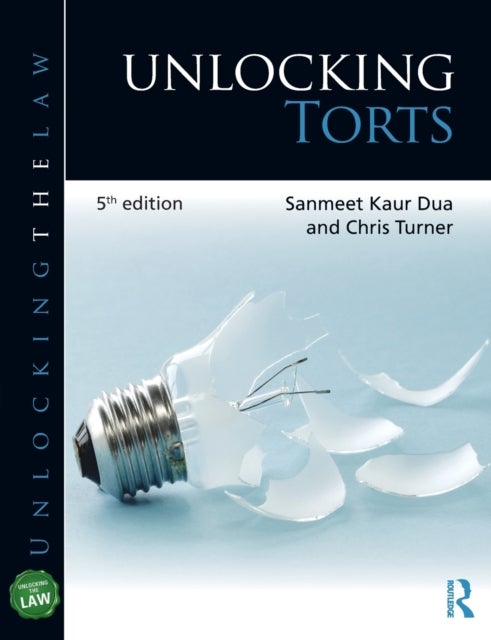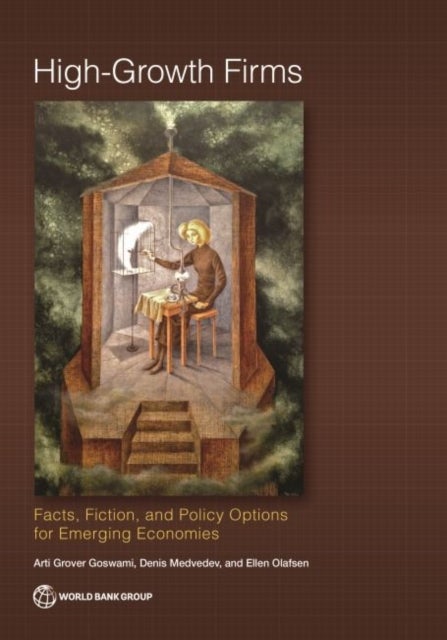
The Witches of Fife av Stuart MacDonald
299,-
Along the coast of Fife, in villages like Culross and Pittenweem, history records that some women were executed as witches. Nevertheless, the reality of what happened the night that Janet Cornfoot was lynched at Pittenweem is hard to grasp as one sits by the harbour watching the fishing boats unload their catch and the pleasure boats rising with the tide. How could people do this to an old woman? Why was no-one ever brought to justice? And why would anyone defend such a lynching? The task of the historian is to try to make events in the past come alive and seem less strange. The details of the witch-hunt are fascinating. Some of the anecdotes are strange. The modern reader finds it hard to imagine illness being blamed on the malevolence of a beggar woman denied charity, or the economic failure of a sea voyage being attributed to the village hag, not bad weather. Witch-hunting was related to ideas, values, attitudes and political events. It was a complicated process, involving religious








